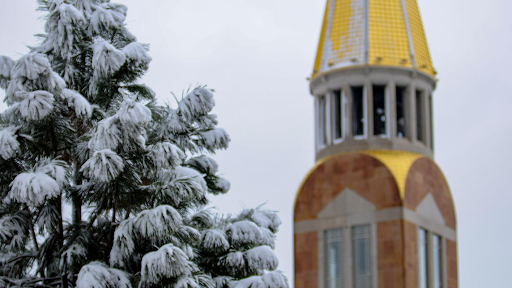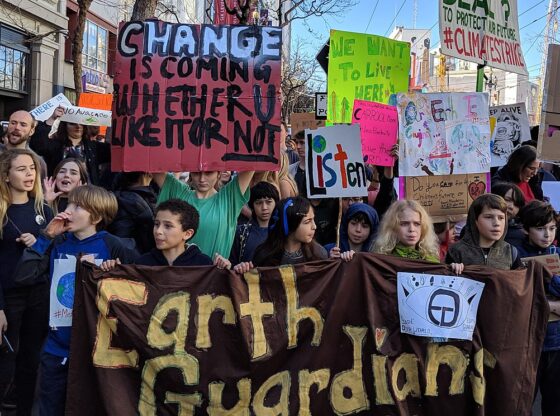 Photo by:
Photo by:
The third line of “Lift Every Voice and Sing,” reads, “Let our rejoicing rise high as the listening skies.”
The Black Student Alliance (BSA) greeted two Tuskegee Airmen and two other veterans last Tuesday night in Craig Hall with James Weldon Johnson’s poem turned song, which is now called the Negro National Anthem.
Johnson wrote the words in 1899 for African-American pride during a time of widespread racial segregation. Forty-two years later and on the brink of World War II, racism still existed not only in American society but also in the U.S. military. Nonetheless, African Americans pushed for a chance to be U.S. Army pilots, although no African American had previously done so.
In 1941, Congress changed that and many doubted that African-American soldiers could pass the War Department’s rigorous demands for pilots in education and flight experience.
Two of the four men at DU’s event were veterans of the all-black unit known as the Tuskegee Airmen. The name refers to the location where the black airmen trained, the Tuskegee Institute in Tuskegee, Ala.
Lt. Sam Hunter and Col. Fitzroy “Buck” Newsum reflected upon their military experience as pilots in World War II.
“I wanted to be a pilot ever since I was 10,” said Newsum. “I was rejected several times, but then finally accepted into the Tuskegee Program on April 13, 1943.”
For Newsum, who was born and raised in New York City, the acceptance day is permanently etched in his memory, as is the day he graduated from the program Dec. 3, 1943.
Hunter, who had finished college in Chicago, had to wait until the following December to qualify as a pilot.
During the war, the Tuskegee Airmen were known by the “red tails” of their aircraft. They escorted B17 and B24 fighter pilots. The two veterans showed a video from that period. It was titled “On Freedom’s Wings”.
The Tuskegee Airmen gained fame for not losing a single bomber in more than 200 missions flown in Europe during the war.
“If you had graduated from the Tuskegee Flight School that meant something,” said Hunter. “We gave Uncle Sam everything we had at the time.”
Struggling with segregation in the military as well as at home, the Tuskegee Airmen ignited pride among African Americans, Hunter said.
“We maintained our composure by always sticking together,” said Hunter.
Their heroism would motivate many more African Americans to enlist and serve in subsequent wars.
Chief Master Sgt. Loran Smith and Col. John Smith were the other two veterans who attended the DU event. They served after the groundbreaking service of the Tuskegee Airmen.
Sgt. Smith was a second-generation fighter pilot, who served in Korea and Vietnam after leaving school.
“I was a basketball player at St. Francis, but wanted to enlist for four years so I did,” said Smith, explaining leaving St. Francis College in Brooklyn, N.Y. He spent 29 years in the military, not the four years he originally planned.
As for Col. Smith, he was in the 332nd Fighter Group of the U.S. Army Corps during the Vietnam War and spent 26 years in the military.
Today the 332nd Regiment as is the rest of the military, has soldiers of many racial and ethnic backgrounds, whose goal is to help defend and protect America, Col. Smith said.










